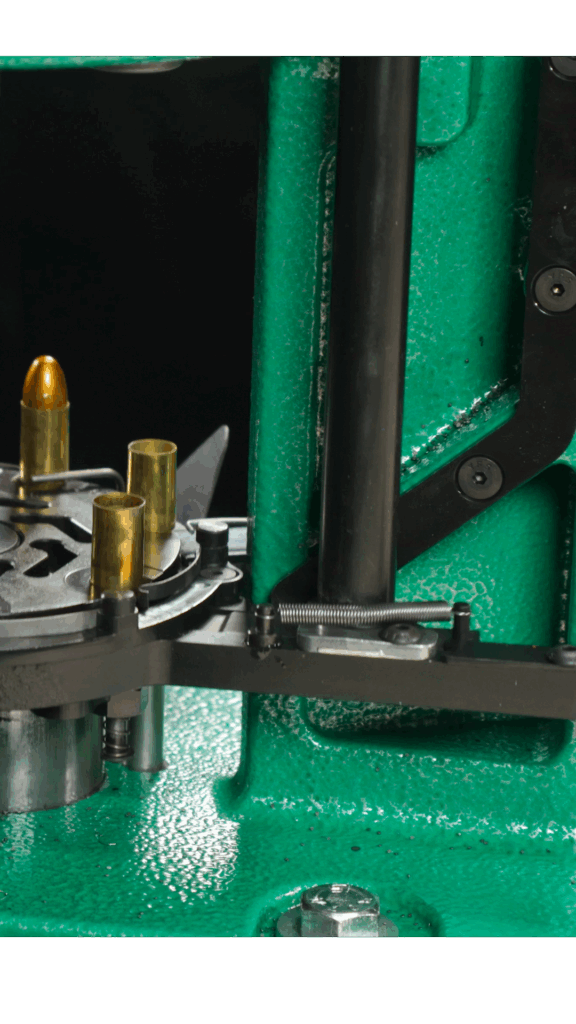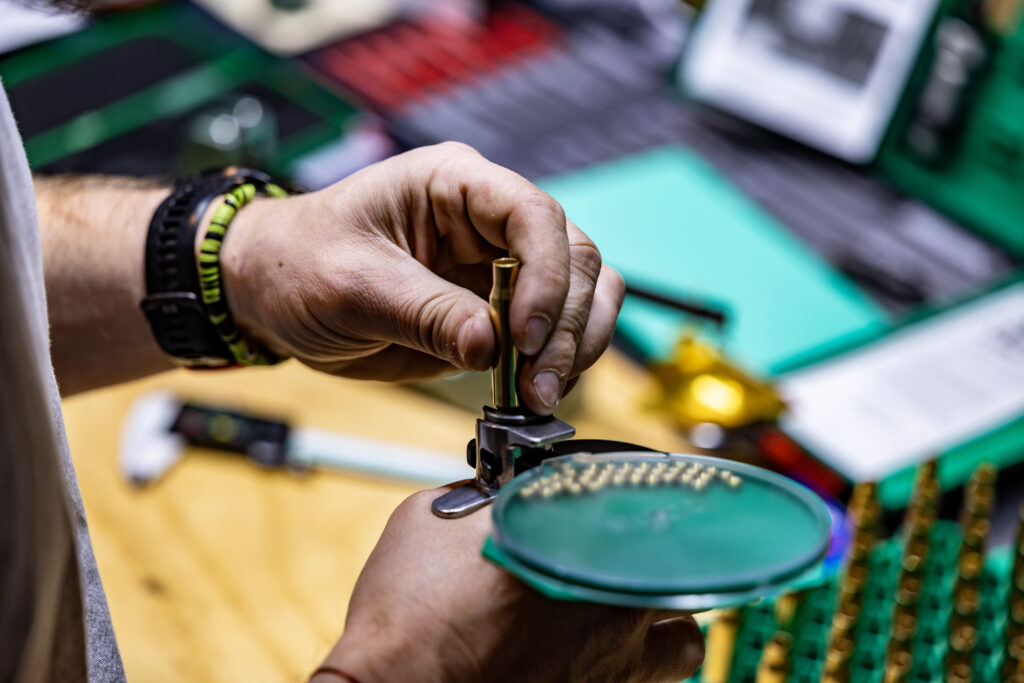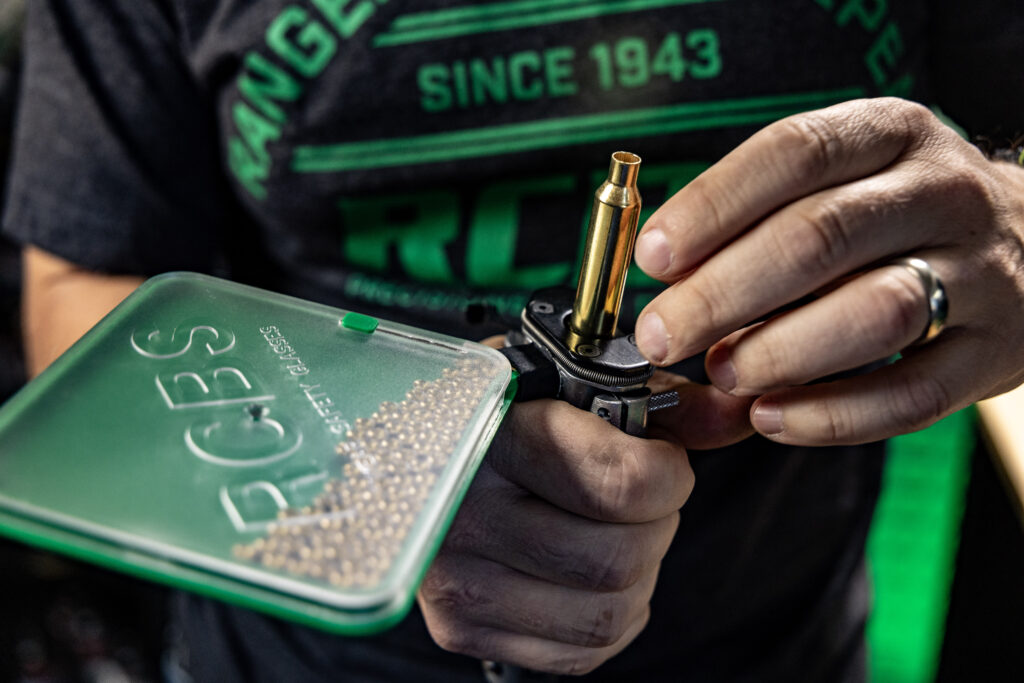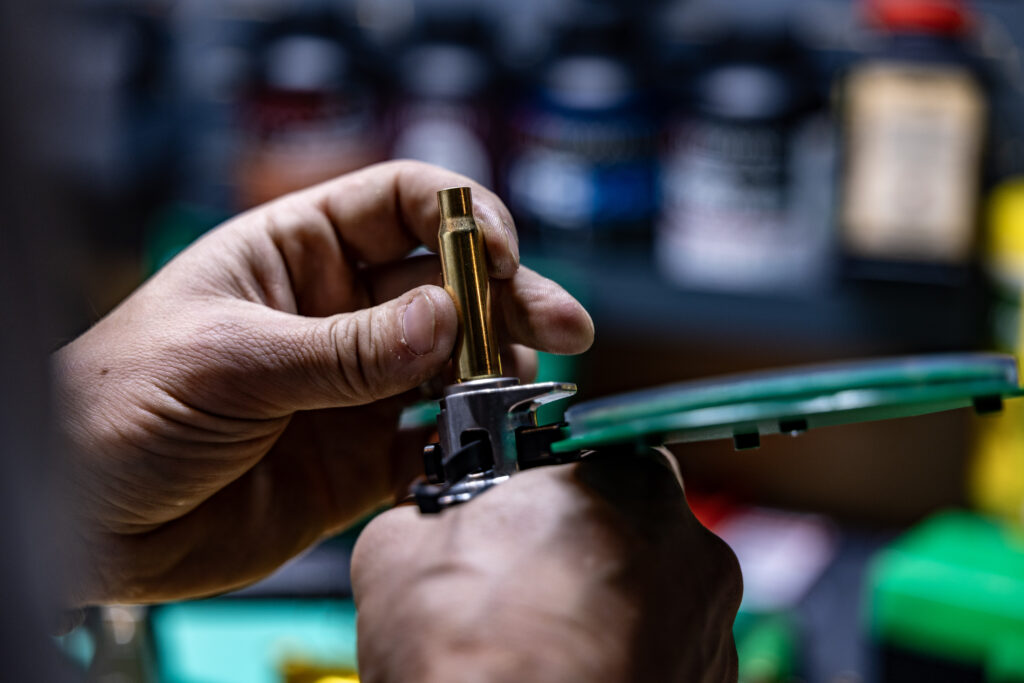Beginner’s Guide to Hand Priming Cartridges
Priming plays a crucial role in ensuring consistent and reliable handloaded ammunition. If you’re new to reloading or exploring your options for priming your cases, this guide will walk you through the process—specifically focusing on how to use and assemble the RCBS Hand Priming Tool, one of the most popular and user-friendly tools on the market.
What Is Hand Priming?
Hand priming is the process of manually inserting a primer into a cartridge case. The primer is a small component at the base of the case that, when struck by the firing pin, ignites the gunpowder and fires the round.
There are several ways to prime a case: using the priming arm on a reloading press, a bench-mounted priming tool, or a handheld priming tool. Hand priming tools are popular due to their portability, precision, and tactile feedback. They’re ideal for reloaders who value control and consistency.
Why Use a Hand Priming Tool?
Using a hand priming tool has several benefits:
- Better feel: You can feel the primer seat, allowing for more consistent depth. This will let you know how consistent the pockets are. Eventually, you’ll get a feel for a pocket that is too loose, which means the brass is ready to be discarded.
- Portability & Size: You can prime cases away from your reloading bench. Hand priming tools can also be smaller than bench priming tools, meaning you can prime cases without adding another tool to a crowded bench.
- Speed: Many tools allow you to prime cases quickly with minimal setup.
- Independence: You can decouple priming from other reloading stages for better quality control.
RCBS Hand Priming Options
RCBS offers two versions of our popular hand priming tool. Both styles are known for durability, ease of use, and precise priming.
- The standard hand priming tool requires an RCBS shell holder to be installed on the tool to help you prime cases. You’ll use whatever size shell holder you’d normally use for your cartridge on your press. Swapping shell holders is fast and easy, and provides for a custom fit to the specific cartridge that you’re working with.
- The universal hand priming tool utilizes a universal case holder that will accommodate any shell from .32 ACP to .45-70 Gov. This means no separate shell holders are required.
Unboxing and Assembling the RCBS Hand Priming Tool
The RCBS Universal & Hand Priming Tools includes:
- The priming tool body with lever
- A universal shell holder or adapter (if universal tool)
- Two priming rods (small and large)
- Two primer trays (for small and large primers)
- Instructions
Here’s how to assemble:
Step 1: Choose the Correct Primer Size
Select either the small or large primer plug and sleeve assembly, depending on the cartridge you’re working with
Insert the correct priming rod into the tool’s priming arm. It should slide in easily.
Step 2: Attach the Primer Tray
Open the primer tray. Set your primers on the tray and gently shake side to side with a circular motion to align the primers cup-side up. Snap the clear lid on securely.
Make sure the tray seats into place on the tool body. Primers need to be cup side up, so they can feed correctly.
Step 3: Install the Shell Holder
If your RCBS model uses a universal shell holder, no shell holder is required. If you have the standard hand priming tool, insert the specific shell holder for your cartridge (RCBS shell holders are numbered and caliber-specific). Slide the shell holder into the tool’s slot until it fits into place, with the seating pin centered.
Priming Your Cartridges
Once the tool is assembled, you’re ready to start priming.
Step 1: Inspect Your Cases
Make sure all cases are clean, deprimed, and the primer pockets are uniform and free of debris.
Step 2: Load a Case
Insert a case into the shell holder. The tool should hold it snugly in place.
Step 3: Prime the Case
Squeeze the lever or grip gently but firmly. You will feel resistance as the primer seats into the pocket. Stop squeezing once the primer bottoms out. Loose fitting primers are a sign the brass has met the end of its usefulness
Step 4: Inspect Primer Seating
Remove the case and check that the primer is seated just below flush with the base of the case. You should be able to run your finger across the case head and barely feel the primer.
If the primer is high or sticking out the back of the case, reseat it by again running the case through your priming tool. If the primer is crushed or off center in your case, discard the case safely and inspect the tool setup.
Repeat the process for your remaining cases. With a bit of rhythm, you’ll find the tool can prime cases in a timely manner.
Safety Tips
- Wear safety glasses. Primers are sensitive and can detonate if mishandled.
- Avoid contamination. Keep primers and cases free from oil and grease.
- Check primer orientation. They must be face-up (anvil side down) before feeding.
- Don’t force anything. If you meet abnormal resistance, stop and inspect the case or tool.
- Work in a clean area. Spilled primers can roll and get stuck in hard-to-see places.
Maintenance
- Clean the priming tool regularly, especially the primer seating area.
- Occasionally apply a tiny amount of lubricant to the pivot points.
- Store it in a dry, clean place.
Other Priming Options
While hand priming is popular, you may want to explore other methods depending on your workflow or preferences:
On-Press Priming
Most single-stage and progressive presses have built-in priming systems. These are convenient if you want to prime as part of the full reloading cycle. However, they often lack the tactile feedback that hand tools provide. See below
Bench-Mounted Priming Tools
These tools are mounted to a bench and offer more leverage and stability. They are excellent for high-volume reloaders who want consistency without hand fatigue. See below
Automatic Priming Systems
Used with progressive presses, these systems can prime hundreds of cases rapidly but require careful setup and more maintenance. They’re best suited for experienced reloaders.

Final Thoughts
Hand priming, especially with a tools like the RCBS Universal Hand Priming Tool, is a fantastic way to get consistent results with minimal equipment. It offers a blend of control, speed, and tactile feedback that many reloaders prefer—especially for precision rifle or match ammo.
If you’re just getting into reloading or want more control over your ammunition quality, hand priming is a great place to start. The RCBS tool is intuitive, rugged, and adaptable to a wide range of calibers, making it a smart investment for reloaders at any level.
Share:




